.jpeg)
As Bihar prepares for its upcoming assembly election later this year, the state's political theatre is once again dominated by an old, familiar actor: caste. While India’s caste system persists across regions and institutions, it is Bihar that consistently finds itself accused, analyzed, and explained through the lens of caste politics. But why does the spotlight always return here, especially when elections are near?
To begin with, Bihar does not uniquely manufacture caste-based politics. It merely reflects it more openly. From Tamil Nadu’s entrenched Dravidian politics to Uttar Pradesh’s caste coalitions, caste continues to shape electoral outcomes and social hierarchies across the country. Yet, it is Bihar that regularly takes the hit when critics talk about caste’s grip on Indian democracy.
There is a historical logic behind this bias. Bihar was the birthplace of Jayaprakash Narayan’s social revolution and the crucible of the Mandal Commission’s political awakening. The rise of backward caste leaders like Lalu Prasad Yadav and Nitish Kumar in the 1990s disrupted the social order built around upper-caste dominance. Their ascent unsettled elite narratives and redefined power in democratic terms. The pushback was both social and intellectual.
Today, that discomfort has translated into a perception. Bihar is portrayed as caste-obsessed, even though the rest of the country continues to operate on similar lines. A Dalit woman is more likely to be attacked in Haryana than in Bihar. Upper-caste dominance in bureaucracy is stronger in Maharashtra than in Patna. IITs and IIMs still reflect disproportionate caste representation. Yet, few states carry the caste tag like Bihar does.
The numbers speak for themselves. As per the Bihar Caste Survey, the Extremely Backward Classes (EBCs) form 36 percent of the population, while Other Backward Classes (OBCs) make up around 27 percent. Together, backward castes account for nearly two-thirds of the state. Their demand for representation, reservation, and dignity is not a distortion of democracy but its delayed delivery.
As the November election approaches, the caste discourse in Bihar is once again intensifying. The BJP, JD(U), RJD, and Congress are all calibrating strategies that speak to specific caste segments. The release of the caste survey has reignited debates on proportional representation. But this is not unique to Bihar. In Karnataka, the Congress used caste census data to reconfigure reservations. In Rajasthan, the Gujjar-Meena politics is no less driven by caste. In West Bengal, subaltern identity is cloaked in the language of region and religion.
Caste does not define Bihar alone, but Bihar refuses to pretend it doesn’t exist. Political mobilization in the state wears its caste affiliations without apology. Instead of pretending that caste is irrelevant, Bihari politics engages with it head-on. This makes the state's politics appear more fragmented, but it is actually more honest.
The hypocrisy lies elsewhere. The national narrative criticizes Bihar for caste calculations while celebrating symbolic gestures like appointing a Dalit president. It mocks backward caste alliances in Patna but overlooks how the private sector continues to favor upper castes in hiring. In this sense, Bihar does not distort India's caste reality. It exposes it.
As headlines build in the coming weeks, Bihar will again be dissected as a land trapped in identity politics. But this narrative needs a correction. Bihar is not a caste problem. It is the caste mirror the nation avoids. Its electoral churn is not backward but bravely forward. If anything, the state's transparency about caste should serve as a template, not a cautionary tale.
Because until India learns to look where it hurts, it will continue to blame Bihar for what it sees.


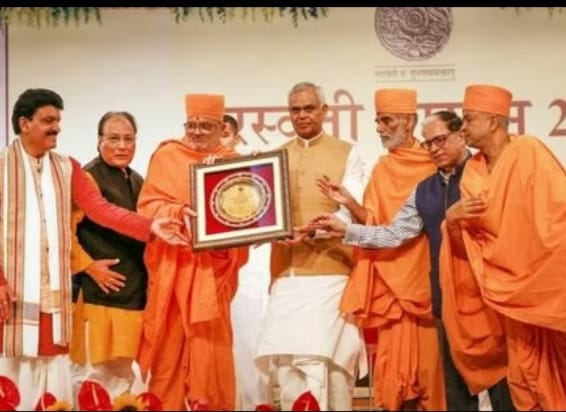
.jpeg)

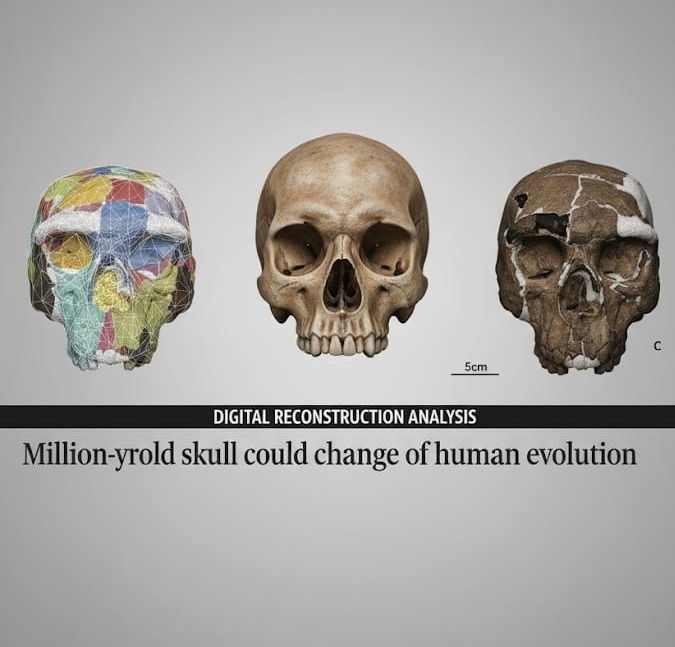
.jpeg)
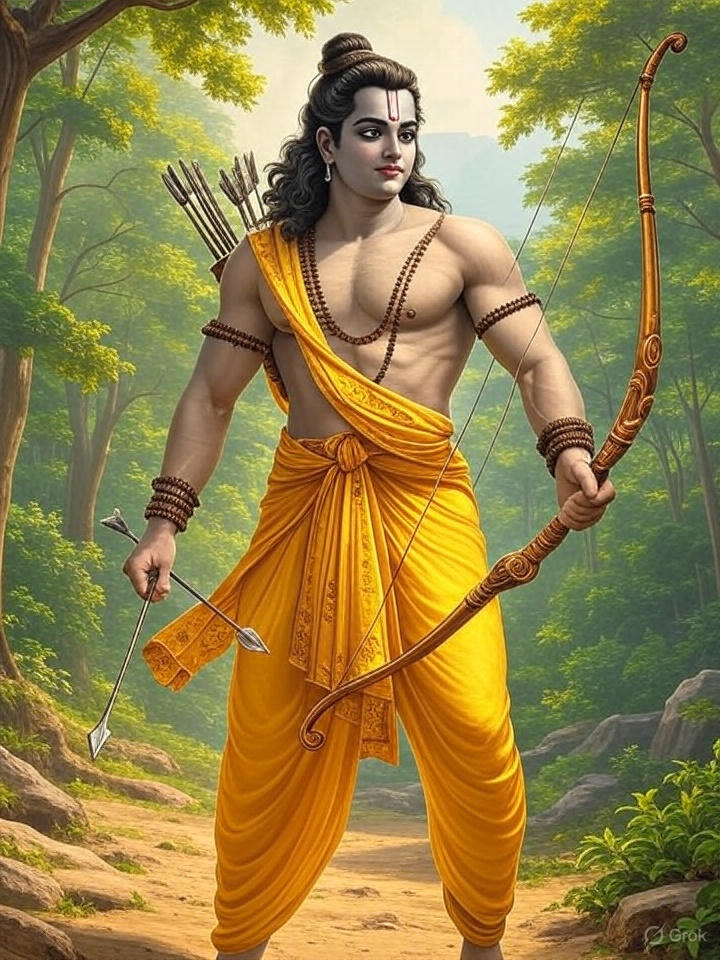
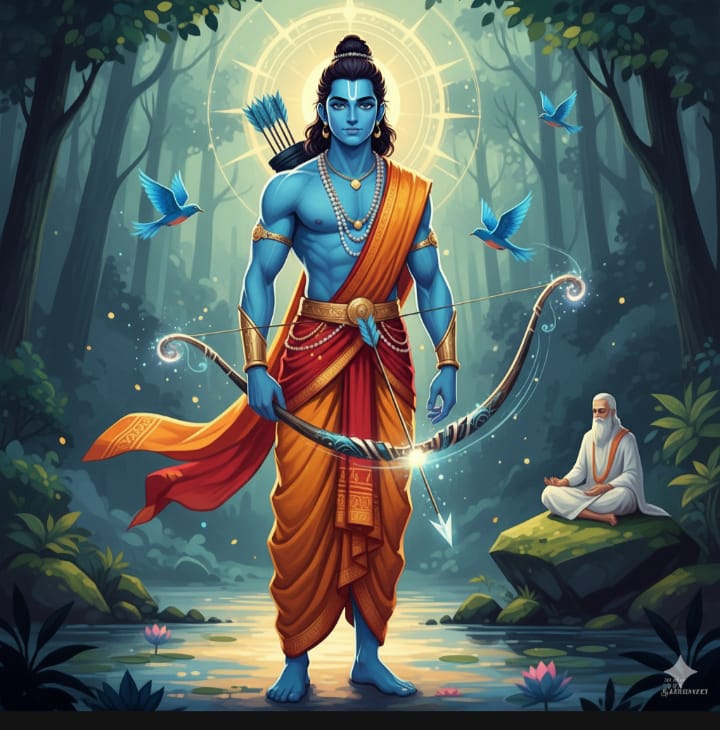
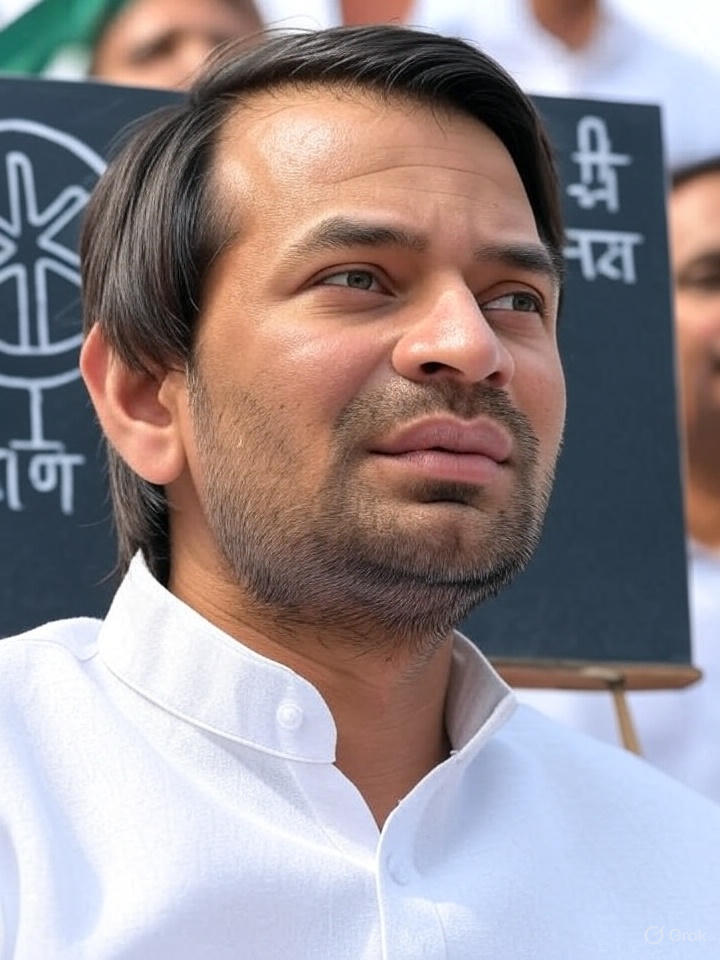
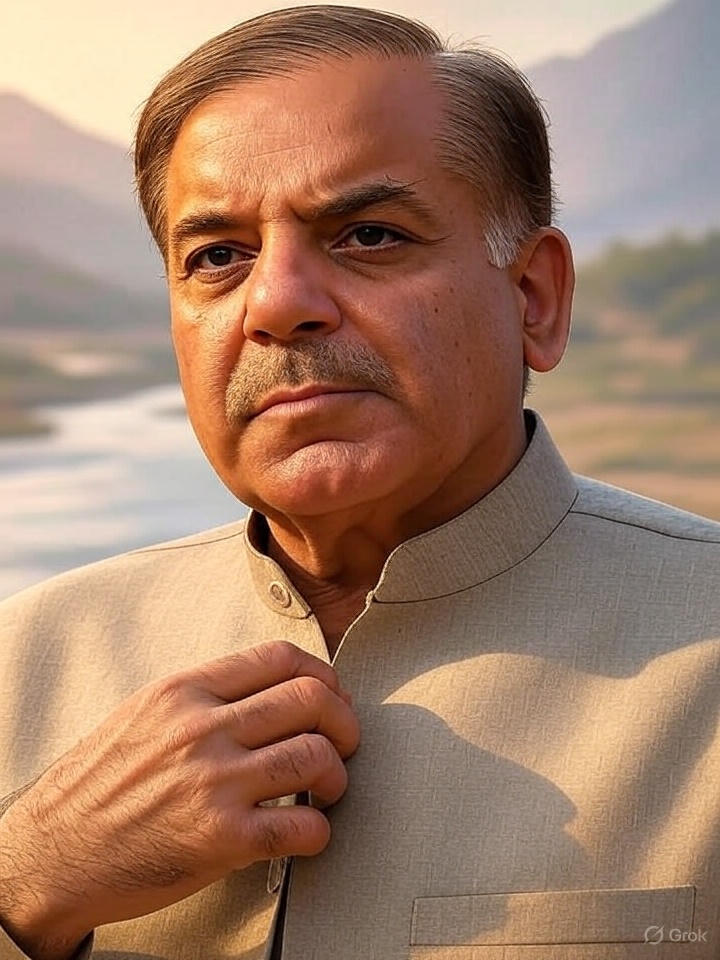
.jpeg)
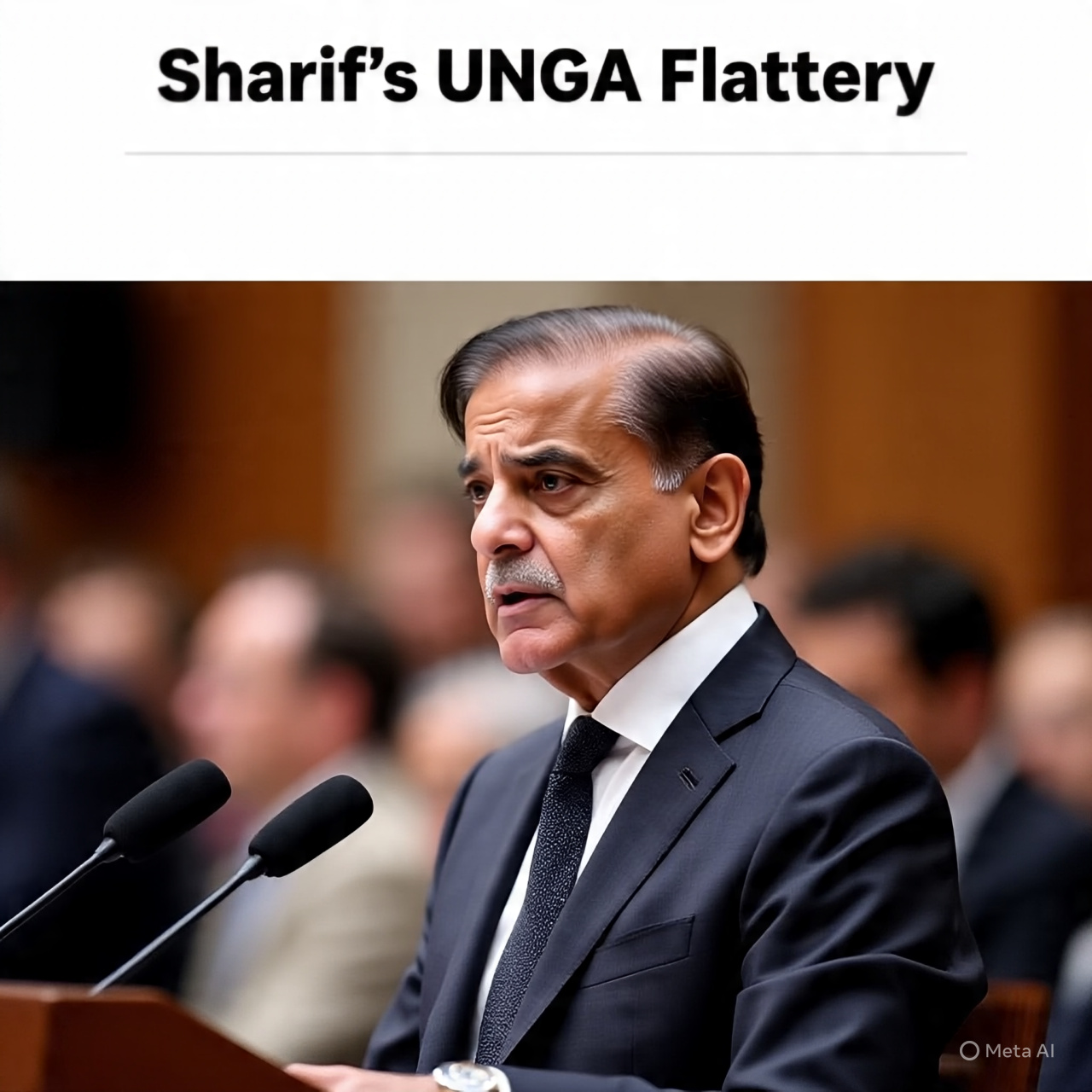
.jpeg)
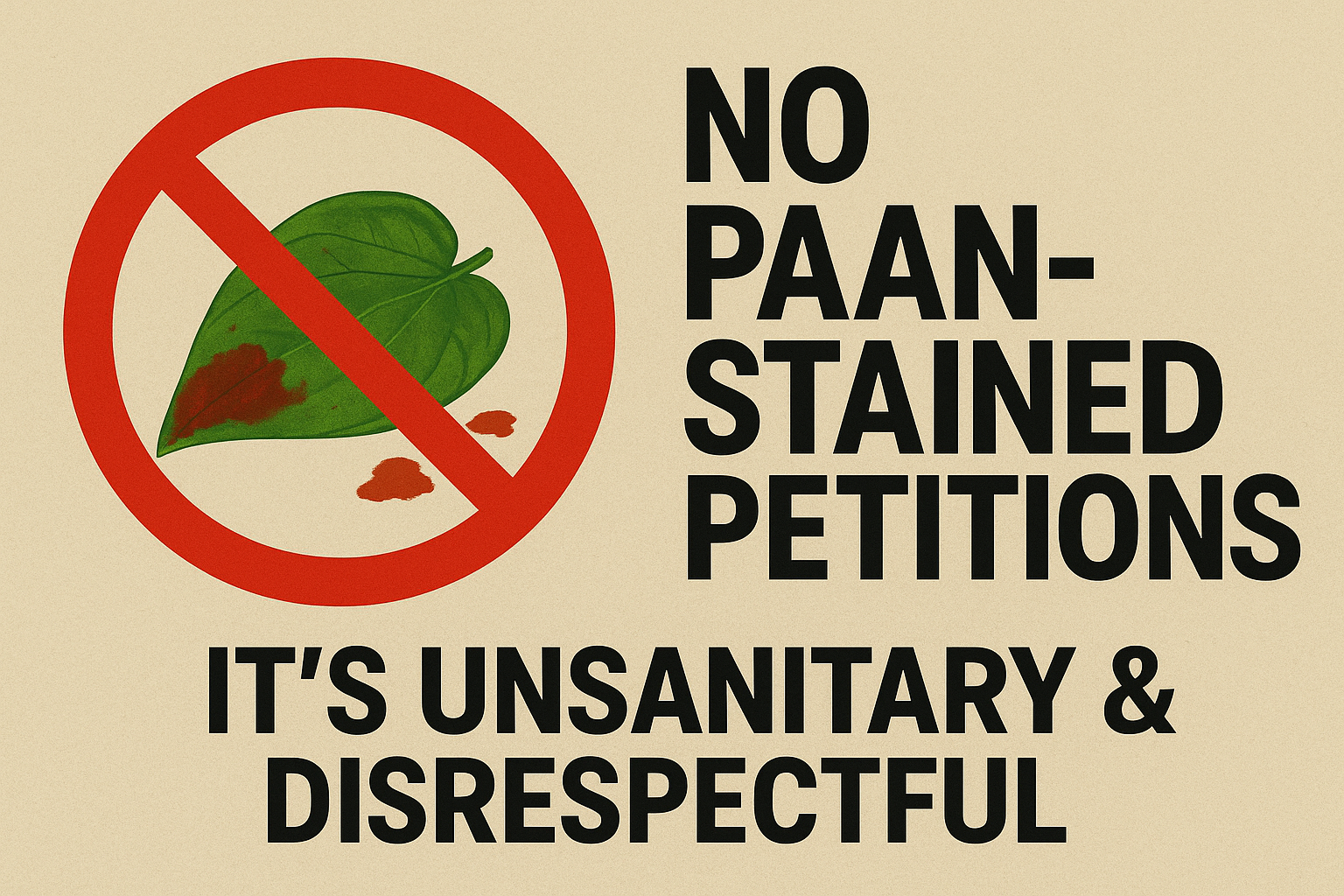

.jpeg)
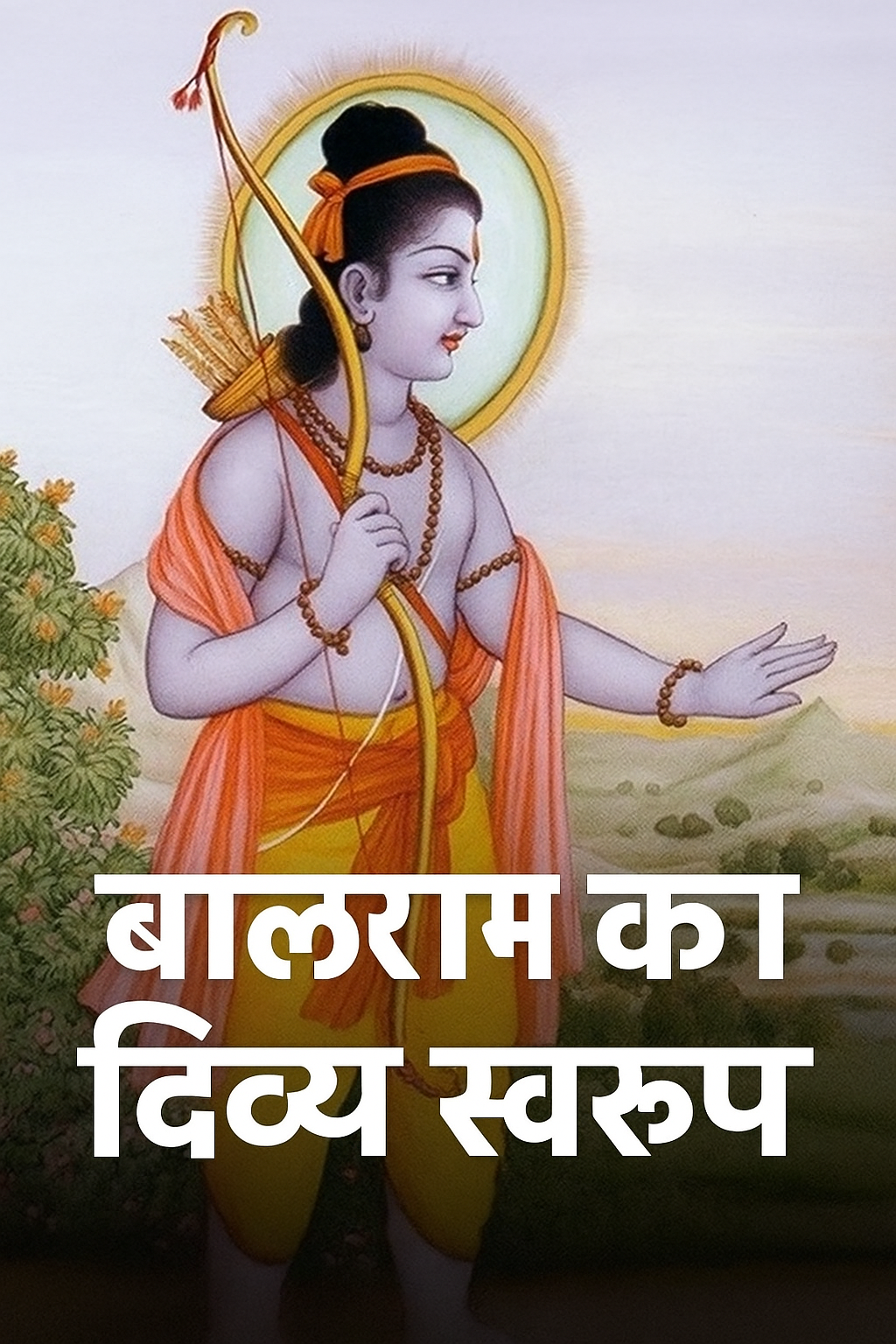
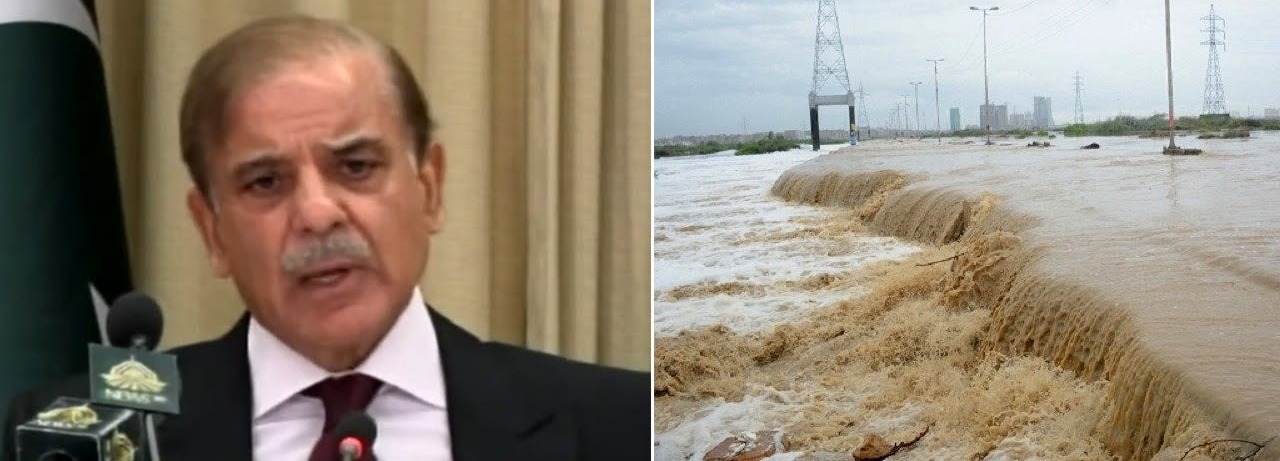
.jpeg)

.jpeg)